1.
Introduction and preliminaries
Theory of inequalities play pivotal role in almost all branches of pure and applied mathematics. Theory of convex functions has played vital role in the development of theory of inequalities. In modern analysis many inequalities are direct consequences of the applications of convexity property of the functions. One of the most extensively as well as intensively studied inequality pertaining to convexity property of the functions is Hermite–Hadamard's inequality. This inequality provides necessary and sufficient condition for a function to be convex. It reads as: Let Φ:I=[♭1,♭2]⊂R↦R be a convex function on closed interval [♭1,♭2], then
In recent years several successful attempts have been made in obtaining novel improvements and generalizations of Hermite–Hadamard's inequality, see [1,2,3,4]. Dragomir and Pearce [5] have written a very informative monograph on Hermite–Hadamard's inequality and its applications. Interested readers can find very useful details pertaining to these inequalities. Another remarkable inequality which has played significant role in theory of inequalities is Jensen's inequality, see [6]. It reads as: Let Φ be a convex function on [♭1,♭2], then for all xi∈[♭1,♭2] and μi∈[0,1], where i=1,2,…,n, we have
Following inequality is known as Jensen–Mercer's inequality in the literature:
for μi∈[0,1], where Φ is a convex function. For more details, see [7].
Pavić [8] presented the generalized version of Jensen–Mercer's inequality as: Assume that Φ:[♭1,♭2]↦R be a convex function, where xi∈[♭1,♭2] are n–points. Let α,β,μi∈[0,1], γ∈[−1,1] be coefficients of sums α+β+γ=∑ni=1μi=1, then
Remark 1.1. Note that
1) If we take α=1=β and γ=−1 in (1.1), then we get Jensen–Mercer inequality.
2) If we choose α=0=β and γ=1 in (1.1), then we obtain the well-known Jensen inequality.
For some recent studies regarding Hermite-Hadamard-Mercer type inequalities, see [9,10].
Fractional calculus is the branch of mathematics which deals with integrals and derivatives of any arbitrary real or complex order. The history of fractional calculus is old but in recent years it has received significant popularity and importance. This can be attributed mainly due to its great many applications in various fields of science and engineering. It provides many useful tools for solving differential equations, integral equations, and problems involving special functions of mathematical physics. Among several known forms of fractional integrals, the Riemann–Liouville fractional integral has been investigated extensively, which is defined as follows:
Definition 1.1 ([11]). Let Φ∈L1[♭1,♭2] (the set of all integrable functions on [♭1,♭2]). The Riemann–Liouville integrals Jν♭1+Φ and Jν♭2−Φ of order ν>0 are defined by
and
Mubeen and Habibullah [12] introduced the notion of κ-Riemann–Liouville fractional integrals as: Let Φ∈L1[♭1,♭2], then
where Γκ(ν)=∫∞0τν−1eτκκdτ,ℜ(ν)>0,κ∈R+ is the κ–gamma function which was introduced and studied in [13].
Sarikaya et al. [14] were the first to derive fractional analogue of Hermite–Hadamard's inequality. Since then blend of techniques both from fractional calculus and convex analysis have been used in obtaining various fractional analogues of classical inequalities. For more details, see [15,16,17,18,19,20,21,22].
Having inspiration from the ongoing research, we will establish some new Hermite–Hadamard–Mercer type of inequalities by using κ–Riemann–Liouville fractional integrals. Moreover, we will derive two new integral identities as auxiliary results. Applying two identities as auxiliary results, we will obtain some new variants of Hermite–Hadamard–Mercer type via κ–Riemann–Liouville fractional integrals. Several special cases will be deduce in details and some know results will be recaptured as well. In order to illustrate the efficiency of our main results, some applications regarding special means of positive real numbers and error estimations for trapezoidal quadrature formula will be provide as well.
2.
Main results
In this section, we discuss our main results.
Theorem 2.1. Assume that Φ:[♭1,♭2]↦R be a convex function. Let α,β,∈[0,1], γ∈(0,1] be coefficients of sums α+β+γ=1 and ν,κ>0, then
holds for all x1,x2∈[♭1,♭2] with x1<x2.
Proof. Consider
Using change of variable technique, for α♭1+β♭2+γx11=τ(α♭1+β♭2+γx1)+(1−τ)(α♭1+β♭2+γx2) and α♭1+β♭2+γx21=(1−τ)(α♭1+β♭2+γx1)+τ(α♭1+β♭2+γx2), we have
Multiplying both side of above inequality τνκ−1 and integrating with respect to τ on [0,1], we get
After simplify, we obtain
Consequently, we have
To prove second inequality, from convexity of Φ, we have
and
Adding inequalities (2.1) and (2.2), and then multiplying both side of above inequality by τνκ−1, and integrating with respect to τ on [0,1], we get
After simple calculation, we obtain second part of our result. This completes our proof.
Corollary 2.1. If we choose α=0=β and γ=1 in Theorem 2.1, then
holds for all x1,x2∈[♭1,♭2] with x1<x2, see [23].
Theorem 2.2. Assume that Φ:[♭1,♭2]↦R be a convex function. Let α,β∈[0,1], γ∈(0,1] be coefficients of sums α+β+γ=1 and ν,κ>0, then
holds for all x1,x2∈[♭1,♭2] with x1<x2, and ω∈N.
Proof. Since Φ is convex function, then
Using change of variable technique for x11=τω+1x1+ω+1−τω+1x2 and x21=ω+1−τω+1x1+τω+1x2, we have
Multiplying both side of above inequality τνκ−1 and integrating with respect to τ on [0,1], we get
The first inequality is proved. To prove second inequality, from convexity of property of Φ, we have
and
Adding inequalities (2.3) and (2.4), multiplying both side by τνκ−1, and then integrating with respect to τ on [0,1], we obtain second inequality. This completes the proof.
Corollary 2.2. If we choose α=0=β and γ=1 in Theorem 2.2, then
holds for all x1,x2∈[♭1,♭2] with x1<x2, and ω∈N.
3.
Further results
In this section, we derive two new auxiliary identities, which will be used in obtaining our further results.
Lemma 3.1. Let Φ:[♭1,♭2]↦R be a differentiable function on (♭1,♭2) with ♭1<♭2. If Φ′∈L1[♭1,♭2] and α,β∈[0,1], γ∈(0,1] be coefficients of sums α+β+γ=1 and ν,κ>0, then
holds for all x1,x2∈[♭1,♭2] with x1<x2.
Proof. Consider
where
and
Substituting the values of I1 and I2 in I, we obtain our required result.
Corollary 3.1. If we choose α=0=β and γ=1 in Lemma 3.1, then
Lemma 3.2. Let Φ:[♭1,♭2]↦R be a differentiable function on (♭1,♭2) with ♭1<♭2. If Φ′∈L1[♭1,♭2] and α,β∈[0,1], γ∈(0,1] be coefficients of sums α+β+γ=1 and ν,κ>0, then
holds for all x1,x2∈[♭1,♭2] with x1<x2, and ω∈N.
Proof. Consider
where
and
Substituting the values of J1 and J2 in J and multiplying both sides by γ(x2−x1)(ω+1)2, we obtain our required result.
Now we derive some new results related to Hermite-Hadamard-Mercer type inequality using Lemma 3.1 and Lemma 3.2.
Theorem 3.1. Under the assumptions of Lemma 3.1, if |Φ′| is a convex function, then
Proof. Using Lemma 3.1, property of modulus, and convexity property of |Φ′|, we have
After simple calculations, we obtain the required result.
Corollary 3.2. If we take α=0=β and γ=1 in Theorem 3.1, then
Corollary 3.3. If we choose ν=1=κ in Theorem 3.1, then
Remark 3.1. Using Lemma 3.1, Hölder's inequality or power mean inequality, interested reader can obtain new interesting integral inequalities. We omit here their proofs.
Theorem 3.2. Under the assumptions of Lemma 3.2, if |Φ′| is a convex function, then
Proof. Using Lemma 3.2, property of modulus, and convexity property of |Φ′|, we have
This completes the proof.
Corollary 3.4. If we take ν=ω=κ=1 in Theorem 3.2, then
Corollary 3.5. If we choose α=0=β and γ=1 in Theorem 3.2, then
Theorem 3.3. Under the assumptions of Lemma 3.2, if |Φ′|q is a convex function, then
where 1p+1q=1 and q>1.
Proof. Using Lemma 3.2, property of modulus, Hölder's inequality and the convexity property of |Φ′|q, we have
This completes the proof.
Corollary 3.6. If we take ν=ω=κ=1 in Theorem 3.3, then
Corollary 3.7. If we choose α=0=β and γ=1 in Theorem 3.3, then
Theorem 3.4. Under the assumptions of Lemma 3.2, if |Φ′|q is a convex function for q≥1, then
Proof. Using Lemma 3.2, property of modulus, power mean inequality and the convexity property of |Φ′|q, we have
This completes the proof.
Corollary 3.8. If we take ν=ω=κ=1 in Theorem 3.4, then
Corollary 3.9. If we choose α=0=β and γ=1 in Theorem 3.4, then
4.
Applications
In this section, we will discuss some applications regarding our results for special means and error estimations.
4.1. Applications to special means
Let recall the following two special means:
● The arithmetic mean is defined as
● The generalized log–mean is given by
where 0<x1<x2 are real numbers.
Using above special means we can establish some new inequalities as follows:
Proposition 4.1. Let x1,x2∈[♭1,♭2] with 0<♭1<♭2 and α,β,∈[0,1], γ∈(0,1] be coefficients of sums α+β+γ=1, then for n>1, we have
Proof. The proof directly follows from Theorem 3.1 applying for Φ(x)=xn+2 and ν=1=κ.
Proposition 4.2. Let x1,x2∈[♭1,♭2] with 0<♭1<♭2 and α,β,∈[0,1], γ∈(0,1] be coefficients of sums α+β+γ=1, then for n>1, we have
Proof. The proof directly follows from Theorem 3.2 applying for Φ(x)=xn+2 and ν=ω=κ=1.
Proposition 4.3. Let x1,x2∈[♭1,♭2] with 0<♭1<♭2 and α,β,∈[0,1], γ∈(0,1] be coefficients of sums α+β+γ=1, then for n>1 with 1p+1q=1 and q>1, we have
Proof. The proof directly follows from Theorem 3.3 applying for Φ(x)=xn+2 and ν=ω=κ=1.
Proposition 4.4. Let x1,x2∈[♭1,♭2] with 0<♭1<♭2 and α,β,∈[0,1], γ∈(0,1] be coefficients of sums α+β+γ=1, then for n>1 and q≥1, we have
Proof. The proof directly follows from Theorem 3.4 applying for Φ(x)=xn+2 and ν=ω=κ=1.
Remark 4.1. For suitable choices of function Φ, many other interesting inequalities regarding new special means can be derived. We omit here their proofs and the details are left to the interested reader.
4.2. Trapezoidal quadrature formula
Let consider some applications of the integral inequalities obtained above, to find new error bounds for the trapezoidal quadrature formula. First, we fix three parameters α,β,∈[0,1], γ∈(0,1] such that α+β+γ=1.
For ♭2>♭1>0, let U:♭1=χ0<χ1<…<χn−1<χn=♭2 be a partition of [♭1,♭2] and xi,1,xi,2∈[χi,χi+1] for all i=0,1,2,…,n−1.
We denote, respectively,
and
where R(U,Φ) is the remainder term and ℏi=χi+1−χi.
Using above notations, we are in position to prove the following error estimations.
Proposition 4.5. Under the assumptions of Theorem 3.2, if we take ν=ω=κ=1, then the following inequality holds:
Proof. Using the Theorem 3.2 on subinterval [χi,χi+1] of closed interval [♭1,♭2] and choosing ν=ω=κ=1, for all i=0,1,2,…,n−1, we have
Summing inequality (4.5) over i from 0 to n−1 and using the properties of the modulus, we obtain the desired inequality.
Proposition 4.6. Under the assumptions of Theorem 3.3, if we take ν=ω=κ=1, then the following inequality holds:
Proof. Applying the same technique as in Proposition 4.5 but using Theorem 3.3 and choosing ν=ω=κ=1.
Proposition 4.7. Under the assumptions of Theorem 3.4, if we take ν=ω=κ=1, then the following inequality holds:
Proof. Applying the same technique as in Proposition 4.5 but using Theorem 3.4 and choosing ν=ω=κ=1.
5.
Conclusions
In this paper, we have established some new Hermite–Hadamard–Mercer type of inequalities by using κ–Riemann–Liouville fractional integrals. Moreover, we have derived two new integral identities as auxiliary results. From the applied identities as auxiliary results, we have obtained some new variants of Hermite–Hadamard–Mercer type via κ–Riemann–Liouville fractional integrals. Several special cases are deduced in details and some know results are recaptured as well. In order to illustrate the efficiency of our main results, some applications regarding special means of positive real numbers and error estimations for trapezoidal quadrature formula are provided as well. To the best of our knowledge these results are new in the literature. Since the class of convex functions have large applications in many mathematical areas, they can be applied to obtain several results in convex analysis, special functions, quantum mechanics, related optimization theory, mathematical inequalities and may stimulate further research in different areas of pure and applied sciences.
Acknowledgements
Authors are thankful to the editor and the reviewer for their valuable comments and suggestions. This research was funded by Dirección de Investigación from Pontificia Universidad Católica del Ecuador in the research project entitled: Some integrals inequalities and generalized convexity (Algunas desigualdades integrales para funciones con algún tipo de convexidad generalizada y aplicaciones).
Conflict of interest
The authors declare that they have no competing interests.











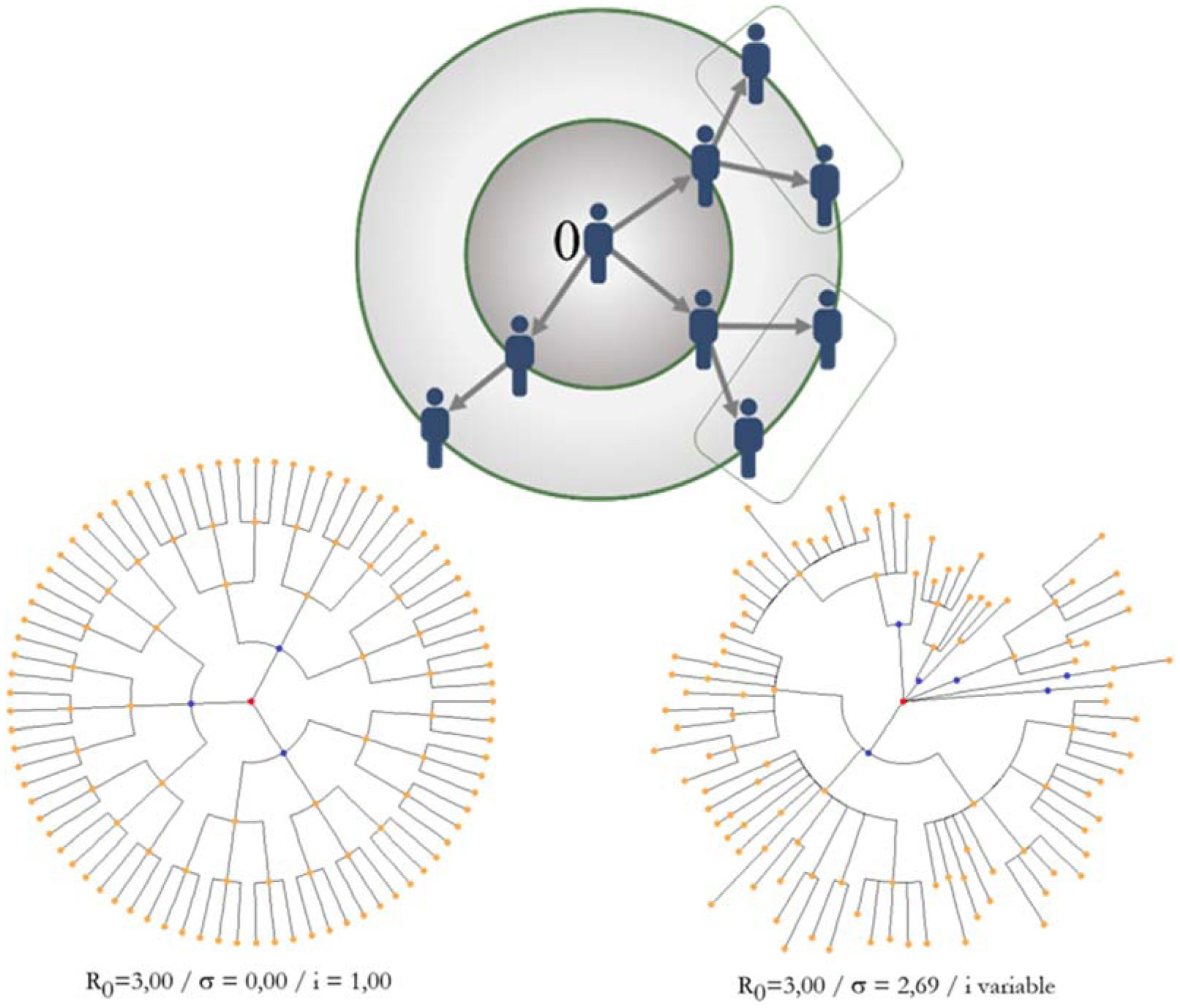
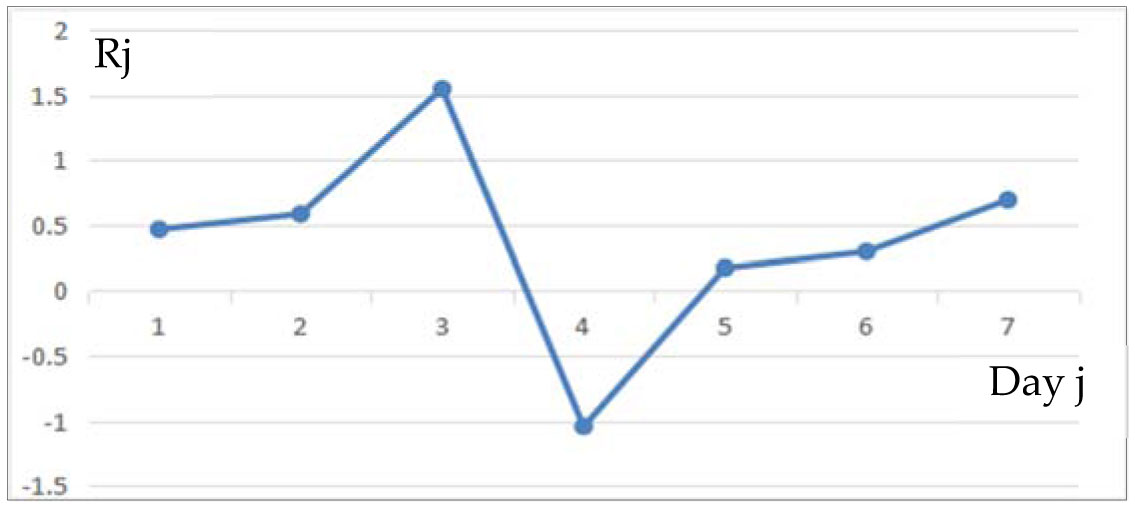
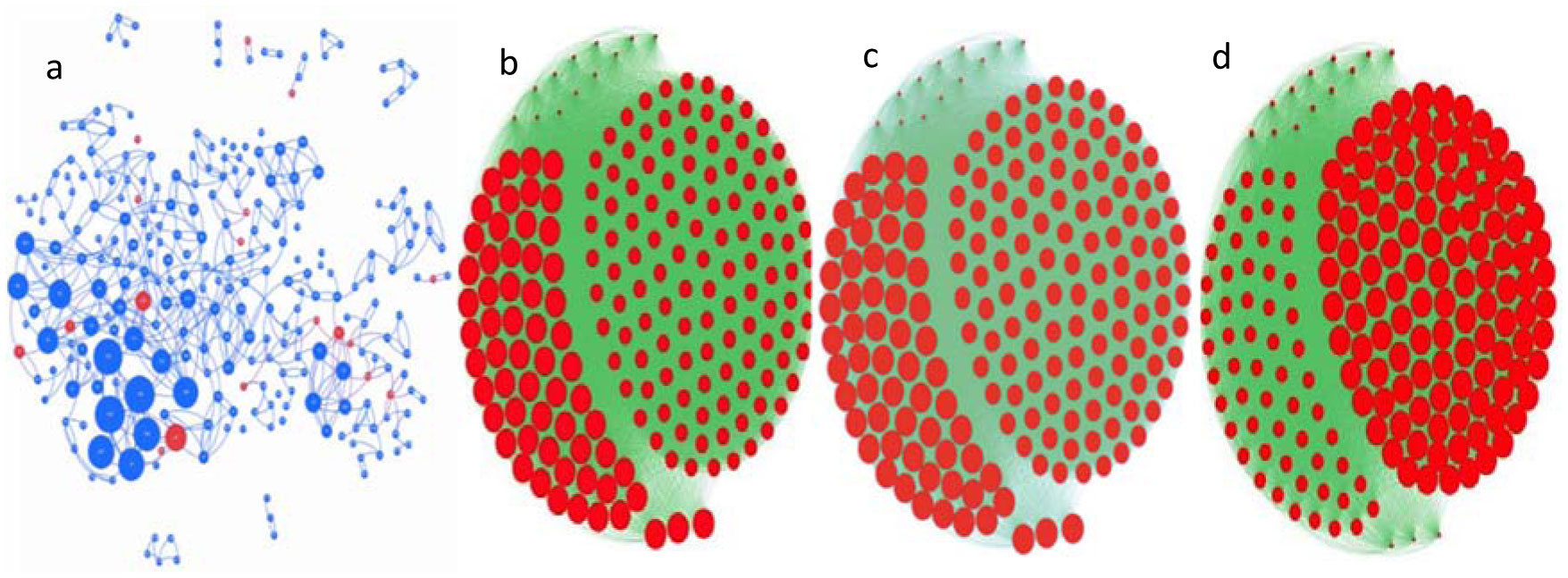
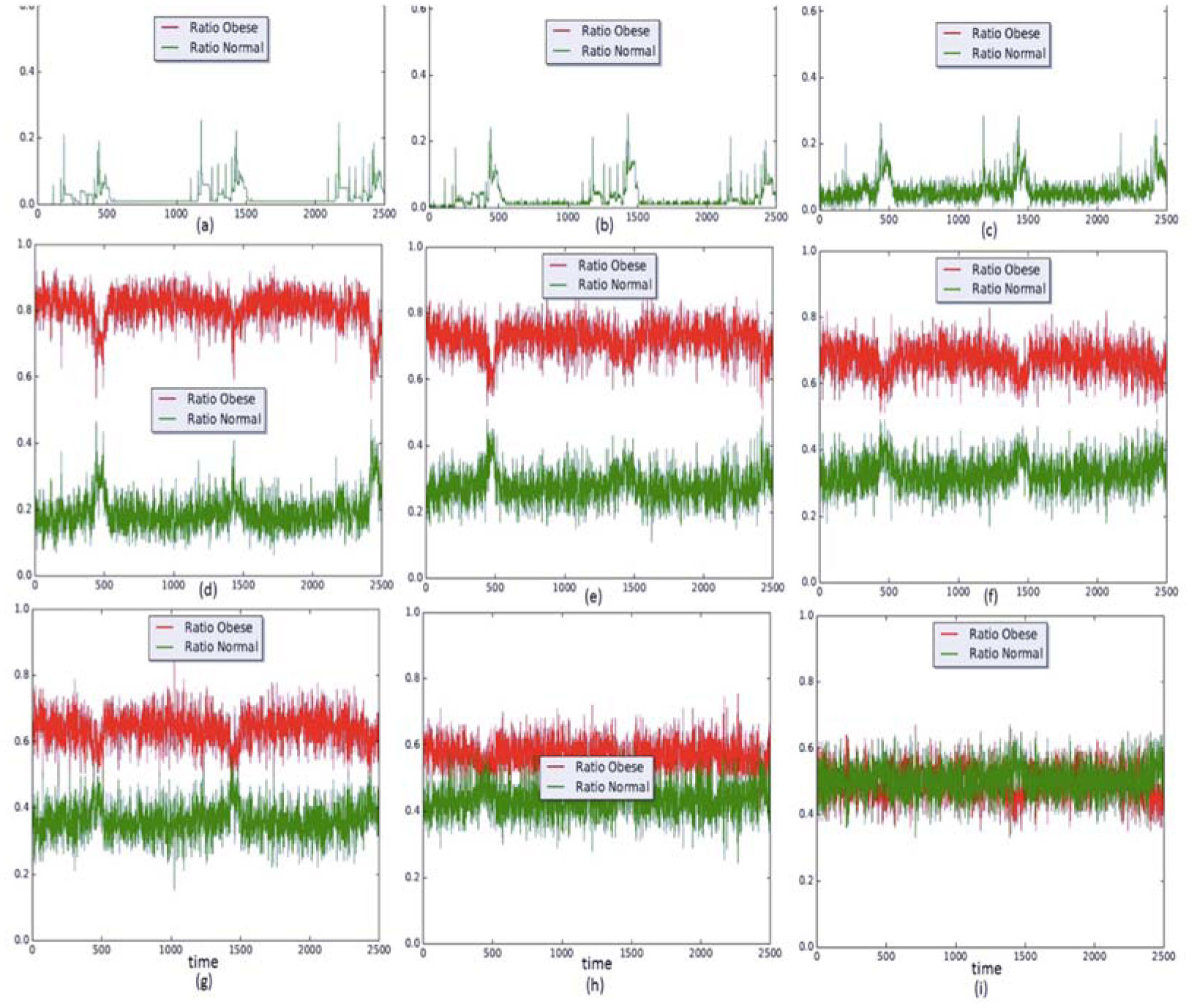
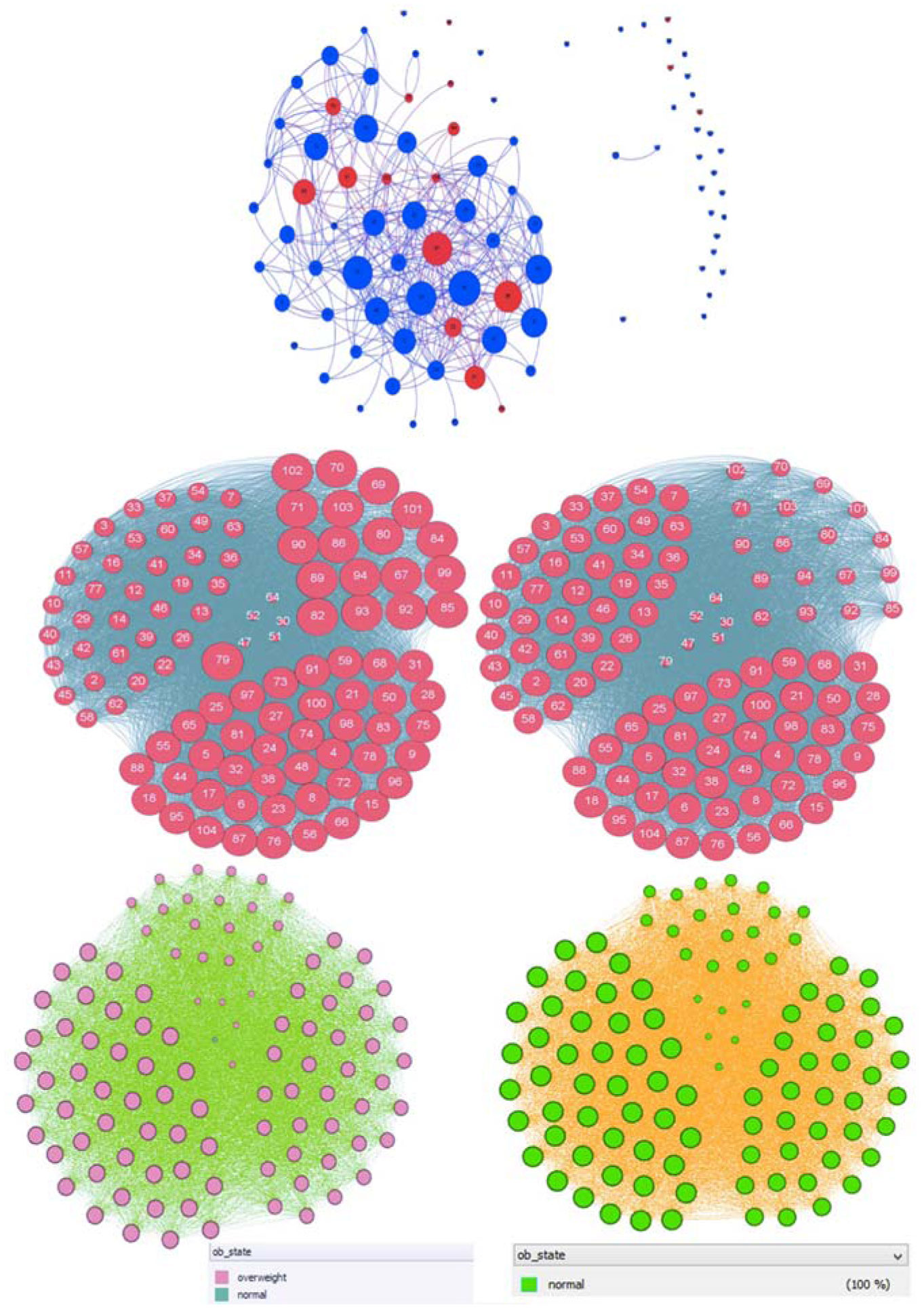


 DownLoad:
DownLoad: